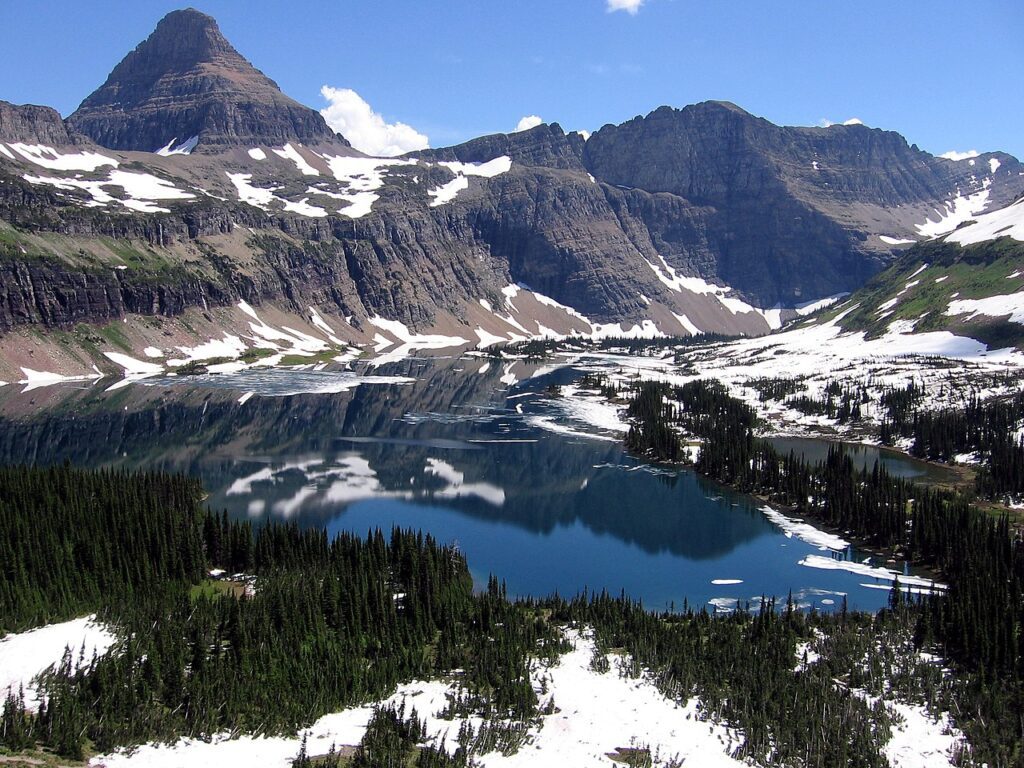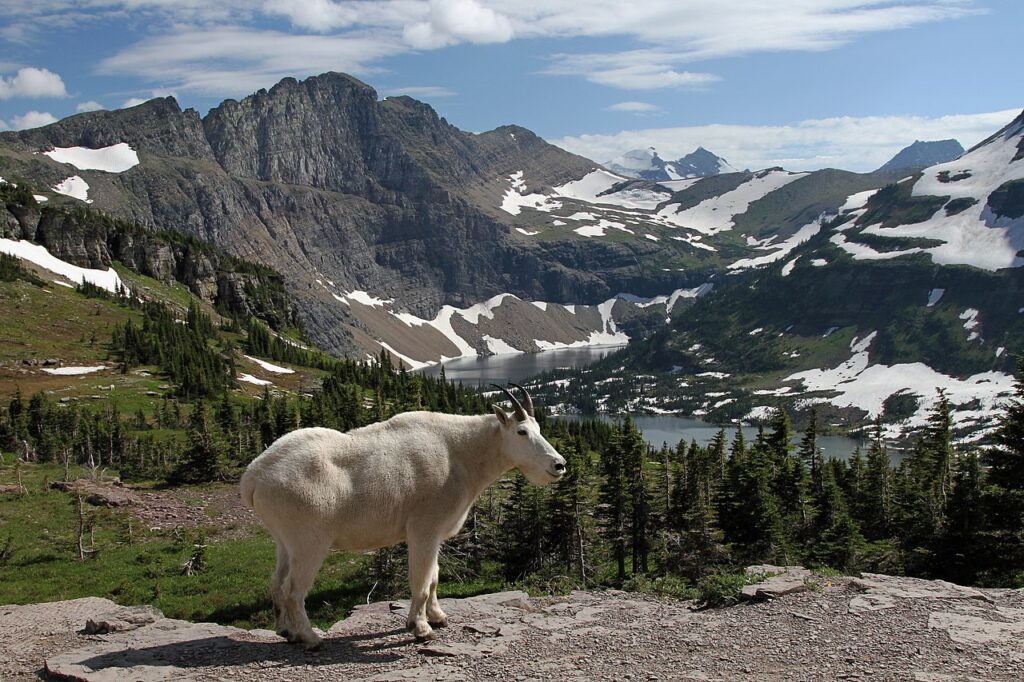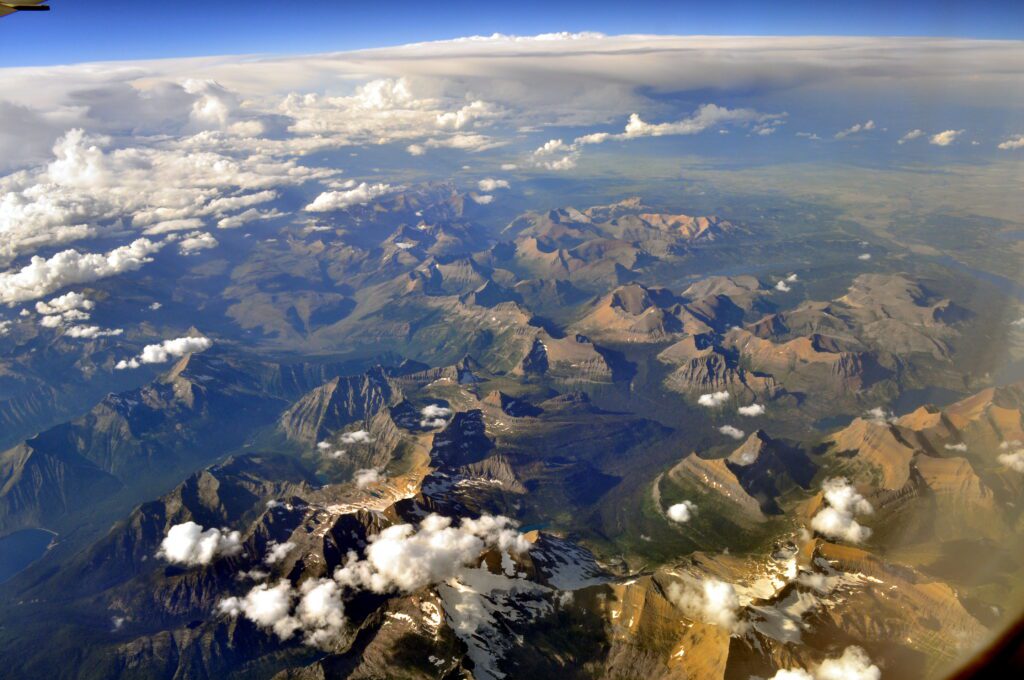Embark on an enriching journey through the wild expanse of Glacier National Park, an Eden tucked away in northwestern Montana. A sanctuary teeming with diverse wildlife, vibrant flora, and geographical wonders, it’s a haven for travelers seeking serenity and adventure alike. Whether you’re a passionate hiker, a wildlife enthusiast, or someone seeking solace in nature’s embrace, this park offers a unique blend of experiences. Get ready to explore a terrain of verdant valleys, crystal clear lakes, towering mountain peaks, and breathtaking vistas, all of which coalesce to create a stunning canvas that’s sure to rejuvenate your spirit and captivate your senses.
Understanding the Park’s Reservation System
In the face of an increasingly popular tourist season, Glacier National Park has instituted a new vehicle registration system. Unknown to many, the vehicle reservations go on sale four months prior to the start of the primary tourist season. This leaves many, including locals, surprised by the quickly sold-out tickets. However, it’s crucial to know that additional tickets are released at 8 a.m. for the next day, offering last-minute planners a shot at entering the park.

Mark Wagner (CC BY 2.5)
Scheduling Your Visit and Accessing the Park
Booking your visit to Glacier National Park requires foresight. Reservation for accommodations, especially if you’re considering the classic lodges inside the park, should ideally be done a year in advance. The window for vehicle reservations opens four months prior. However, there are ways around the reservation system. You can enter the park without a reservation before 6 a.m. or after 3 p.m. Additionally, if you’ve already booked an activity inside the park, like rafting or horseback riding, you won’t need a vehicle reservation.
Historic Lodges and Scenic Trails
Visit the Apgar Visitor’s Center to gather vital information about the park, its trails, and updates. Glacier National Park hosts several historic lodges, and the Lake McDonald Lodge should be on your list. The Going-to-the-Sun highway is the artery of the park, perfect for capturing memorable photos. Trailheads along the way lead to idyllic spots like Avalanche Lake, an excellent beginner hike. The massive cedars along the Trail of the Cedars and the features along the highway such as Weeping Wall and Bird Woman Falls are sure to captivate you.

Venturing Further Into the Park
Logan Pass marks the highest point on the Going-to-the-Sun Road and offers a unique spectacle of the park’s landscape. Descending towards the East side of Glacier, explore the trails leading to St Mary’s Visitor’s Center. The Many Glacier Hotel, another historic lodge, is a sight to behold, with numerous trailheads leading to breathtaking locations such as Grinnell Glacier and Iceberg Lake.
Geographical Splendor of Glacier National Park
The breathtaking geographical beauty of Glacier National Park is a testament to the timeless power of nature. The park showcases a rich tapestry of diverse landscapes, from towering, jagged peaks dusted with snow, to deep valleys carved by ancient glaciers. Over a million acres of forest stretch out in an evergreen quilt, broken only by the crystal-clear waters of more than 700 lakes, of which only 131 are named. Perhaps most iconic are the park’s remnant glaciers – moving bodies of ice that continue to sculpt the terrain.

One of the park’s defining features is the Going-To-The-Sun Road, a scenic marvel that winds through the park, offering panoramic vistas and close encounters with the park’s unique geological features. The Continental Divide, which dictates the flow of the continent’s waters, runs through the park, leading to diverse ecosystems on either side. The eastern side of the park is characterized by rugged, windswept landscapes, while the western part offers lush valleys and thick forests. The park is also dotted with countless waterfalls, from the dramatic Bird Woman Falls to the cascading waters of the Weeping Wall. These geographical wonders are not just beautiful, but also critical ecosystems, each playing a vital role in the rich biodiversity of the park. From the smallest wildflower growing in a meadow to the towering, ancient cedar trees, every aspect of Glacier National Park contributes to its stunning geographical beauty, making it a place of endless exploration and awe-inspiring vistas.
Wildlife in Glacier National Par

Glacier National Park is a haven for wildlife, boasting more than 70 species of mammals and over 260 species of birds. As you traverse the park, keep your eyes open for the breathtaking sights of animals in their natural habitat. Majestic grizzlies and black bears roam the forests, and mountain goats, often referred to as the symbol of the park, can be spotted at higher elevations. You may come across herds of elk grazing in meadows, and if you’re particularly lucky, a moose might appear from within the forest cover. Birdwatchers will delight in sightings of bald eagles, peregrine falcons, and harlequin ducks, among others. Wildlife is a significant part of the Glacier National Park experience, making it all the more critical to respect these creatures and maintain a safe distance. Remember, the park is their home, and we are just visitors.
On-The-Road Experiences and Food Recommendations
West Glacier Village is a favorable spot to begin your adventure, a hotspot teeming with eateries and coffee shops. La Casita, nestled in the Discovery Center, serves sumptuous Mexican cuisine. Eddie’s Cafe offers hand-scooped ice cream, which can be savored on the shore of Lake McDonald. Don’t miss the Tower Grill for comfort food that satisfies after a long day of exploration.

Diversifying Your Experiences
The Two Medicine Area provides a change of scenery, and a detour here is rewarding. On your way back to West Glacier, take a breather at the Izaak Walton Inn. It houses a restaurant and offers unique accommodations in old train cars. Finally, if you’re up for a little more exploration, Polebridge and the Northern Lights Saloon are worth visiting. The charm of Glacier National Park lies not just in its natural beauty, but also in the planning that goes into visiting it. Understanding the park’s systems, exploring its trails, and engaging in on-site activities contribute to an unforgettable adventure.
Similar Post
Glacier National Park: A Sanctuary for Mental and Spiritual Well-being
Stepping into the expansive wilderness of Glacier National Park offers a profound escape from the rigors of modern life, making it a haven for mental health and spiritual well-being. The untouched beauty of the park allows individuals to reconnect with nature and discover a sense of peace that is often elusive in our fast-paced lives. The sensory experience of hearing the rustling leaves, feeling the cool mountain air, or witnessing a glorious sunset over Lake McDonald, can all contribute to reduced stress levels and increased mental clarity.

Physical activities such as hiking, bird-watching, or simply strolling amidst the park’s natural wonders can have therapeutic effects. Engaging in these activities promotes mindfulness, allowing us to live in the present moment and to appreciate the beauty around us. This mindfulness practice can lower anxiety, improve mood, and enhance overall emotional health. Moreover, the solitude and serenity provided by the park can foster a deep sense of spirituality. Observing the intricate balance of the ecosystems, the resiliency of the wildlife, and the grandeur of the ancient landscapes, can inspire feelings of interconnectedness, humility, and gratitude. Many visitors have described transformative experiences in the park that nurtured their spiritual growth and helped them gain new perspectives on life.

Whether you’re standing at the top of Logan Pass, contemplating the vast expanse of the Continental Divide, or watching a delicate snowfall on a quiet winter day, Glacier National Park offers myriad opportunities for mental rejuvenation and spiritual enrichment. It’s a testament to the therapeutic power of nature and a reminder that in our pursuit of progress, we must never lose touch with the earth’s enduring tranquility.


















